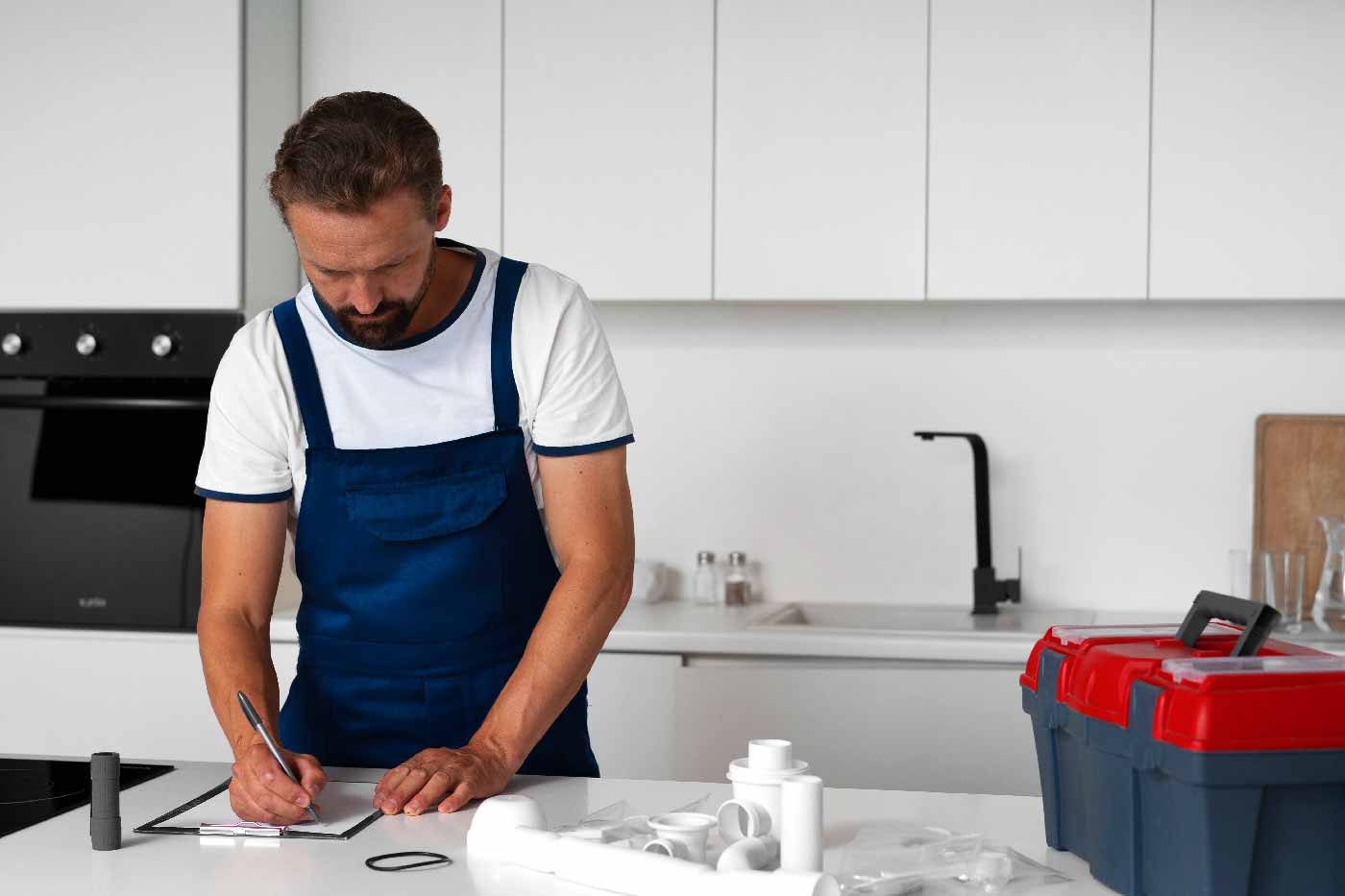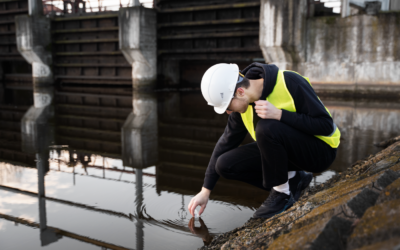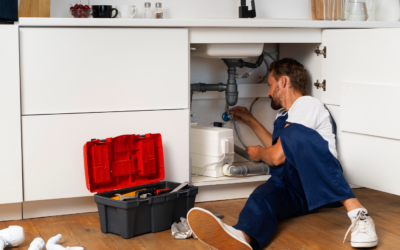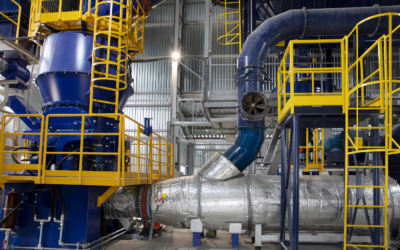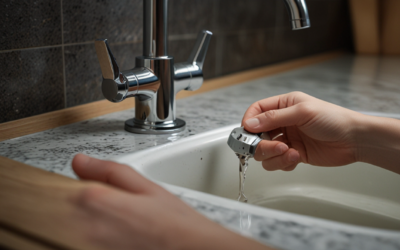When planning plumbing systems for residential or commercial spaces, understanding how to calculate plumbing fixture counts is crucial. This process involves determining the number of fixtures needed for optimal functionality. Let’s delve into the key steps and considerations to ensure an accurate and efficient plumbing fixture count.
The process of plumbing fixture count calculations requires a methodical approach by designers and engineers. It is crucial for crafting resourceful and proficient hydraulic systems that align with the specific requirements of the structure. While adhering to pertinent codes and regulations. This intricate process involves a meticulous evaluation of various fixture types and their minimal quantities. Taking into account factors such as occupancy, usage patterns, and adherence to building codes. Professionals in the fields of building design and construction need to have a thorough understanding of how to calculate.
Significance of Plumbing Fixture Count
The importance of plumbing fixture count surfaces prominently when configuring or renovating a structure’s hydraulic system. Determining the accurate fixture count is indispensable to guarantee sufficient plumbing capacity and adherence to building codes. Accurate computation of the fixture count serves to preemptively circumvent potential hydraulic issues. Also, uphold hygiene standards, and create a functional environment for occupants.
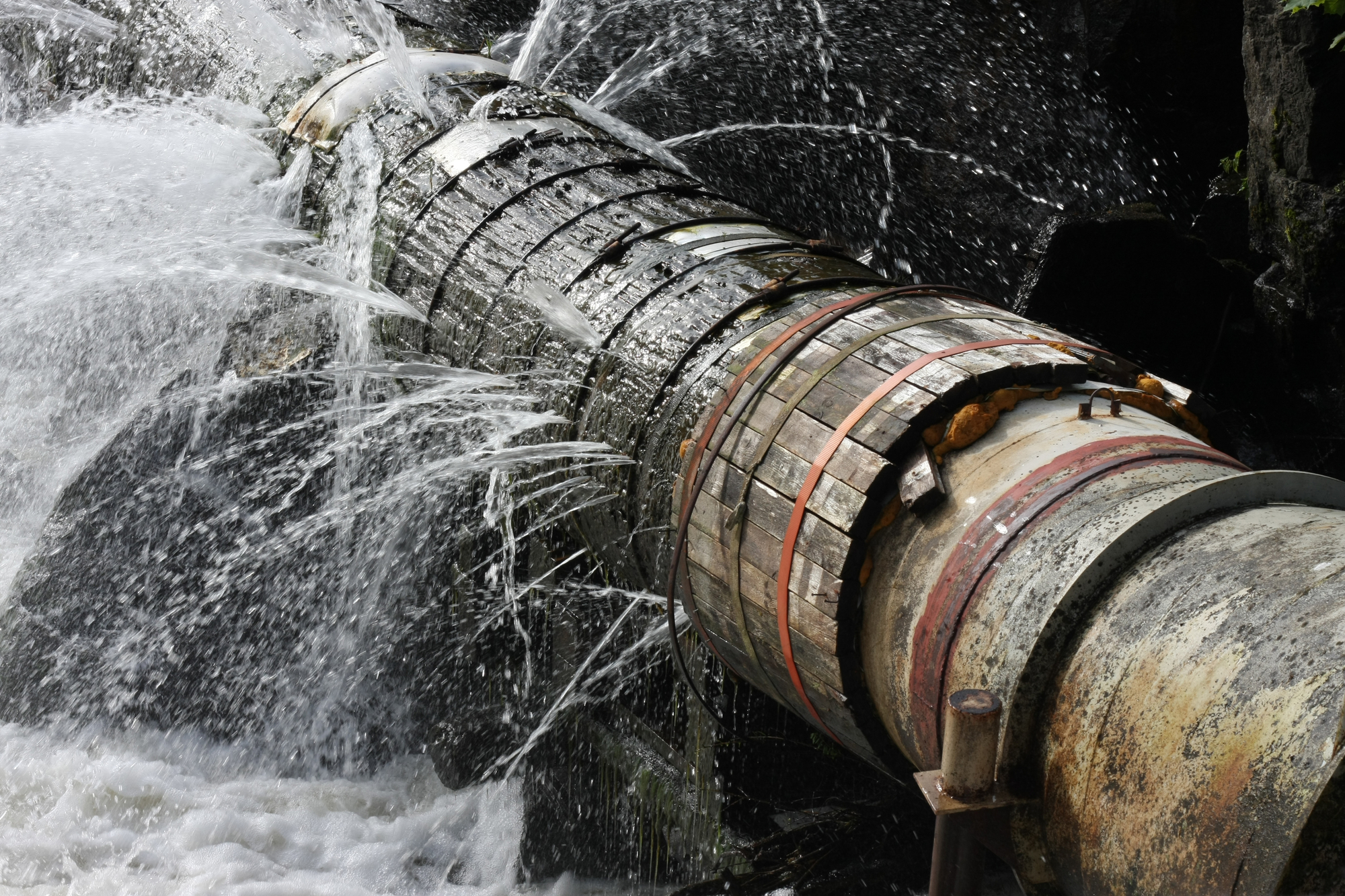
Ensuring Adequate Hydraulic Capacity
Adequate hydraulic capacity is paramount to cater to the occupants of a structure. An excess of fixtures can precipitate drainage blockages, sluggish water flow, and an overall decline in the performance of the hydraulic system. The precise calculation of plumbing fixture count ensures the provision of an adequate number of sinks, toilets, showers, or other fixtures.
One methodology for computing the plumbing fixture count involves considering the population of the structure. In residential settings, the number of bedrooms often serves as an indicative factor for determining the number of occupants. The International Plumbing Code (IPC) provides guidelines for various fixture facilities, be they residential, commercial, or public.
Adherence to Building Codes
Conforming to building codes is not just a safety and functionality prerequisite but a legal obligation. These codes govern the plumbing fixture count to ensure the hydraulic system’s capacity aligns with necessary occupancy and usage.
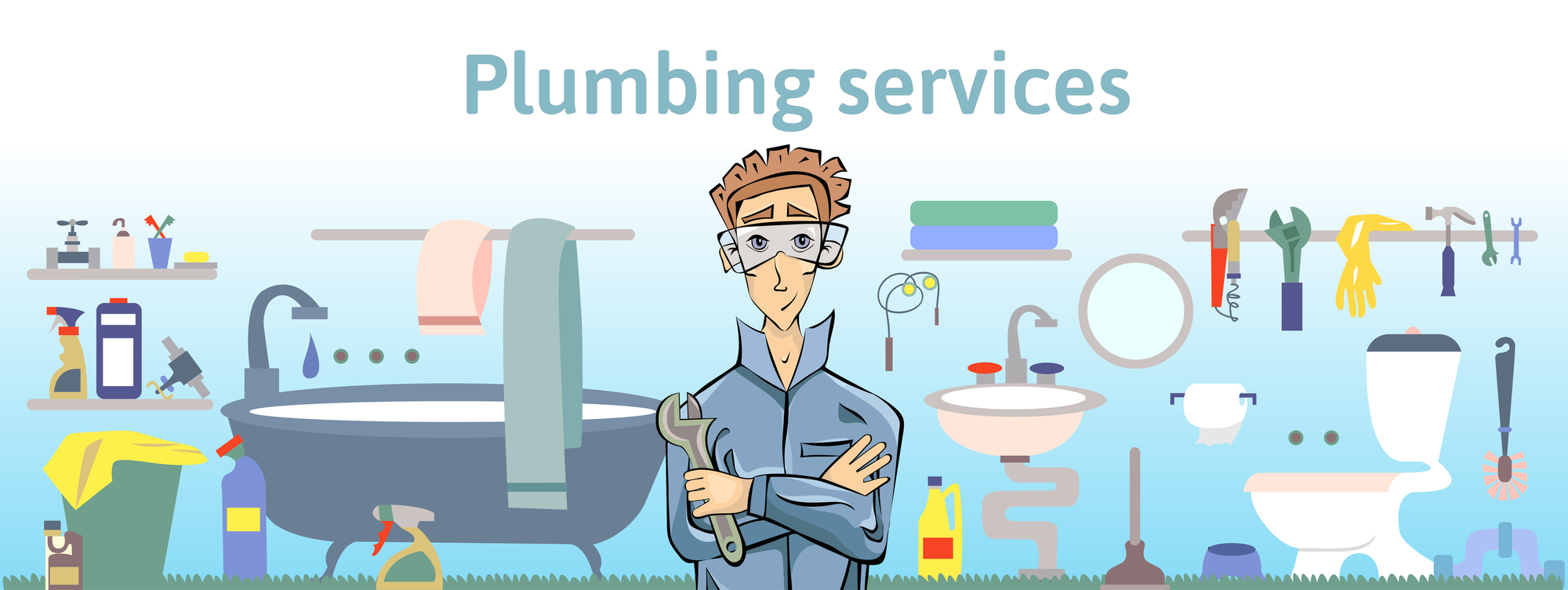
Non-compliance can result in penalties, project delays, or legal entanglements. Given the variability of building codes across jurisdictions. It is imperative to consult local hydraulic regulations or collaborate with adept plumbers cognizant of specific prerequisites. Plumbing fixture count calculations consider factors such as facility type, occupancy classification, and the distinctive needs of occupants.
Accurate plumbing fixture count computation, contemplating with strict adherence to building codes. Not only do they guarantee hydraulic system functionality but also safeguard the well-being of occupants. Additionally, meeting code requirements can enhance the structure’s overall value and marketability. Showcasing a commitment to superior construction and alignment with industry standards.
Understanding Plumbing Fixture Units (PFUs)
Grasping the concept of Plumbing Fixture Units (PFUs) is imperative when delving into plumbing fixture count calculations. PFUs serve as a metric to gauge the demand for a hydraulic system.
Definition of PFUs
PFUs denote the water supply necessary for a fixture or group of fixtures in a building. Alongside consider flow rates, duration of use, and frequency. Different fixtures boast distinct PFUs.
Assigning PFUs to Various Fixtures
To calculate the plumbing fixture count for a specific project. One must ascertain the PFUs for each fixture and subsequently amalgamate them. You can manually accomplish it, by referencing plumbing codes, or by employing a plumbing fixture calculator.
Definition of Fixture Units
In simple terms, a fixture unit is a standardized measure gauging a plumbing fixture’s impact on a water supply system. It facilitates the comparison of different fixtures in terms of their influence on a structure’s water usage. Each fixture, whether toilets, sinks, showers, or urinals, has a different workflow. This is why each specific fixture unit has a different value. Also a ratio of rate and drainage potential.
Examples of fixture unit values, subject to building code specifications and local regulations, include:
- Toilet (flush valve): 3 fixture units (F.U.)
- Sink (residential): 1 F.U.
- Shower (residential): 2 F.U.
- Urinal (flush valve): 4 F.U.
Calculating Fixture Units
To compute the total fixture unit count for a certain area or structure. One must calculate the fixture units for each plumbing fixture and sum them up. The formula is straightforward:
Total Fixture Unit Count = (Fixture 1 Units) + (Fixture 2 Units) + (Fixture 3 Units) + …
A hypothetical calculation for an apartment might involve:
- 2 toilets (3 units each) = 6 units
- 2 sinks (1 unit each) = 2 units
- 1 shower (2 units) = 2 units
Thus, the total fixture unit count for the apartment would be 10 fixture units. Understanding the concept of plumbing fixture units and accurately calculating the plumbing fixture count ensures the hydraulic system is tailored to meet the project’s requirements.
Step-by-step Guide On How To Calculate Plumbing Fixture Count
Calculating plumbing fixture counts is an indispensable step in ensuring your plumbing system effectively meets the occupants’ needs. Here’s a comprehensive guide to assist you in performing the calculations:
Determine The Occupant’s Load
Commence by determining the number of people the plumbing system will serve. This involves considering factors such as the building type, occupancy classification, and usage. Understanding the initial purpose and capacity of the space is crucial for determining the correct occupant load.
Determine The Required Fixture Units Per Occupant
Each plumbing fixture has a fixture unit value Depending on its flow rate and usage. Consult the Plumbing Fixture Unit (PFU) chart to identify the fixture units along each type of fixture. Multiply the fixture units by the number of occupants to calculate the necessary fixture units per occupant.
Calculate The Total Fixture Count
Finally, multiply the necessary fixture units per occupant by the number of occupants to obtain the total plumbing fixture count. This count will help you determine the number of sinks, toilets, showers, and other fixtures needed for the plumbing system.
Examples Of Calculating Plumbing Fixture Count In Different Building Types
Calculating plumbing fixture counts is essential when designing a building’s plumbing system, and the approach varies across different building types.
In residential buildings, the plumbing fixture count depends on the number of bedrooms and the intended use of the space. For instance, a single-family home with two bedrooms will generally require a minimum of two full bathrooms, each with a toilet, sink, and shower.
In commercial buildings, the plumbing fixture count depends on the type of facility. Restaurants may require a higher fixture count due to the presence of restrooms and kitchen sinks. While offices may necessitate a lower count.
Public buildings, such as schools or hospitals, have specific codes and regulations to follow. Fixture counts in these buildings depend on occupancy factors and the intended use of each space.
Several online resources, such as plumbing fixture calculators. They are ready to assist in determining appropriate fixture counts for different building types. By accurately calculating plumbing fixture counts, designers can ensure efficient and functional plumbing systems in their projects.
Validation and Review of Fixture Count Calculations
Accurate calculation of plumbing fixture counts is vital for sound plumbing design and code compliance. Validating and reviewing fixture count calculations is imperative to prevent errors that could lead to future issues.
Double-checking fixture unit assignments is one method. Ensure each plumbing fixture is doing the correct unit value per plumbing code specifications, consulting charts, or tables for guidance. Seeking professional input for accuracy is advisable.
Utilizing a plumbing fixture calculator or software can simplify the process, eliminating potential mistakes. By adhering to these measures, one can confidently determine the plumbing fixture count. To ensure a seamless and efficient plumbing system that meets all requirements.
Conclusion
“How to Calculate Plumbing Fixture Count” is a critical aspect of construction projects, ensuring resource efficiency and hydraulic system effectiveness. Accurate computations, considering occupant use, fixture types, and flow rates, not only comply with codes but also enhance water optimization, reducing maintenance costs. Following these steps empowers project planners to confidently determine the plumbing fixture count, promoting operational smoothness and customer satisfaction.

